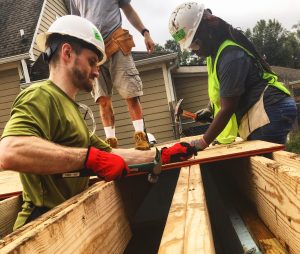Jonathan is a Young Adult Volunteer (YAV) spending his service year with Greater Indy Habitat through the Presbyterian Church (USA). Learn more about the YAV program!
I’ve only recently started working for Habitat, but I can already tell that my time here will shape me greatly in the long run. Not because of the work experience, but because of the way Habitat lives into what I believe is one of the most essential verses in the Bible:
“Above all, maintain constant love for one another, for love covers a multitude of sins.”
-1 Peter 4:8
This verse contains so much of what lies at the heart of the Christian faith. It highlights our outward expression of the love God offers us, and illuminates just how meaningful such love can be for the world. But we struggle with it. And perhaps our biggest struggle comes in the way we question the meaning of the phrase “one another.”
 So what should “one another” mean to us? One thing that stuck out to me as I considered that was the difference between the two words involved. “One” implies unity and similarity. “Another” implies separation and difference.
So what should “one another” mean to us? One thing that stuck out to me as I considered that was the difference between the two words involved. “One” implies unity and similarity. “Another” implies separation and difference.
However, when you put these words together, you get a profoundly meaningful combination which often goes overlooked. The idea is that, though we are “other,” separated by any number of things, we are ultimately still “one.” We are unified because we are all human. We are unified because we are all made in the image of God. We are unified because, only when we are unified, do we begin to see the full Image of God that is present between us.
In Luke 10, the parable of the Good Samaritan perfectly illustrates exactly how we are meant to “maintain constant love for one another.” The Samaritan showed love to the Jewish man despite their cultural differences, and saved his life in doing so. That is the definition of whom we are to love and how we are to do it. That is my theological understanding of 1 Peter’s usage of the phrase, “one another.”
The verse in 1 Peter also points to what happens when we fail to love one another. The “multitude of sins” – the thing that distorts the image of God in us and draws borders that get used to define humans as “other,” rather than “one another” – becomes uncovered. The pieces of us which are overrun by fear and mistrust are empowered by this failure. We see separations begin to form, and everything that comes with and builds upon that change.
We see men in turbans, catching glares of mistrust in airports. We see women in burqas, who remain shut-ins, apart from the society that resents that emblem of their faith. We see people of color, killed without fair trial, too often when we open an internet browser. We see refugee children, their bodies washed up on the shores of lands they hoped would bring new life.
 But that’s not all we see in this world.
But that’s not all we see in this world.
A few days ago, I had the privilege of witnessing and participating in an Interfaith Build with Habitat. I saw people of diverse backgrounds and beliefs come together in service to their fellow human. I saw them learn from one another, and begin to grow in understanding of one another’s beliefs and respect for one another. I saw people recognize and cherish the similarity in values across faith backgrounds, and I saw them appreciate the differences, without ignoring or fighting over them.
Most of all, I saw them build. I saw people coming together around a wooden frame, and pouring their sweat, energy, and time into making something out of it. They did it together. They did it with one another, and in many ways, for one another.
Habitat’s found a powerful and radical means of service in these Interfaith Builds. It’s not just about building houses for and alongside people with less privilege, though that would be enough. It’s not just about providing an effective and meaningful outlet for people to serve one another and express their deep-seated values, though that would be enough. It’s about bringing people together. It’s about learning from and sharing with one another. It’s about maintaining constant love for one another, and in my opinion, this has the potential to be the one of the most beautiful things Habitat’s ever done.


This is one awesome blog.Thanks Again.